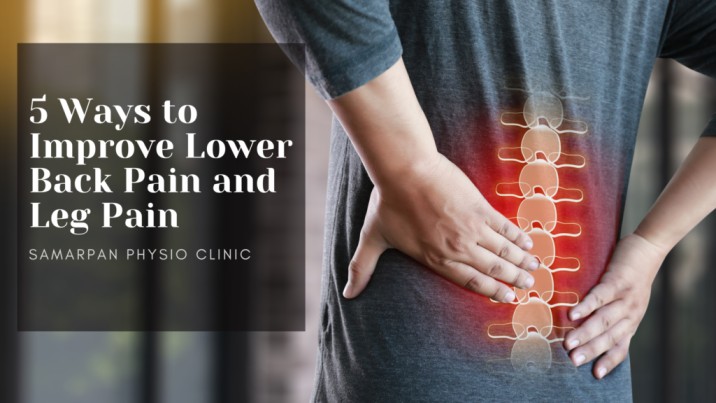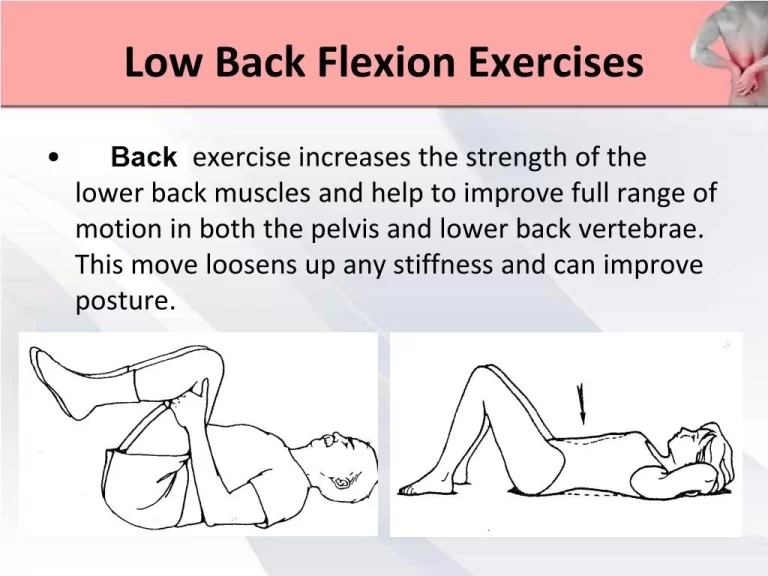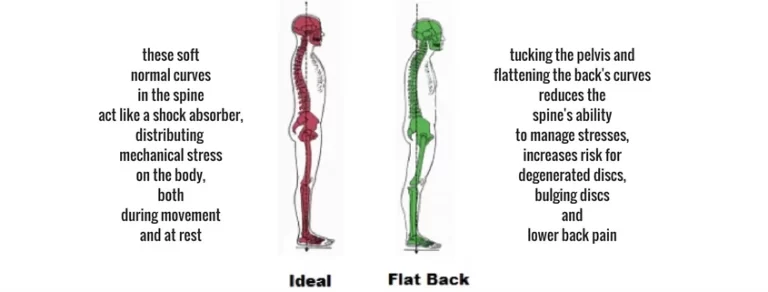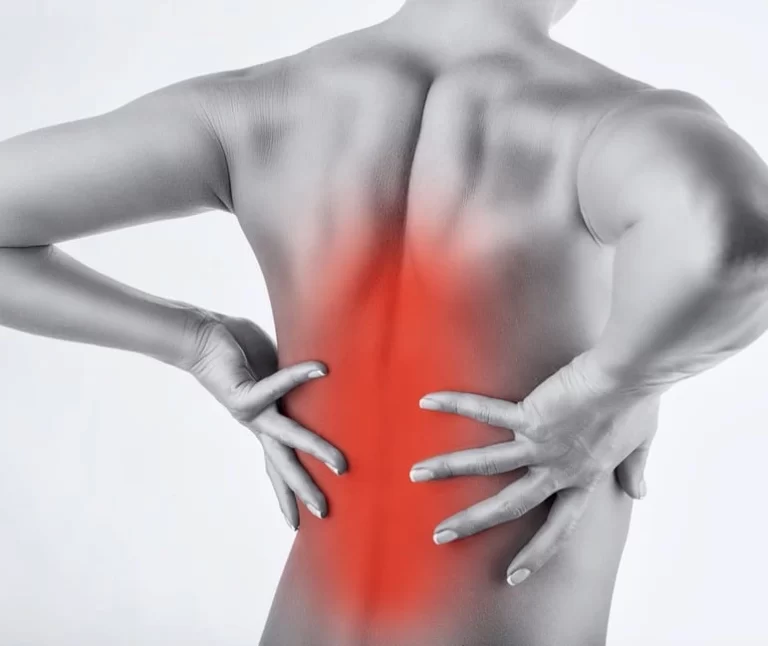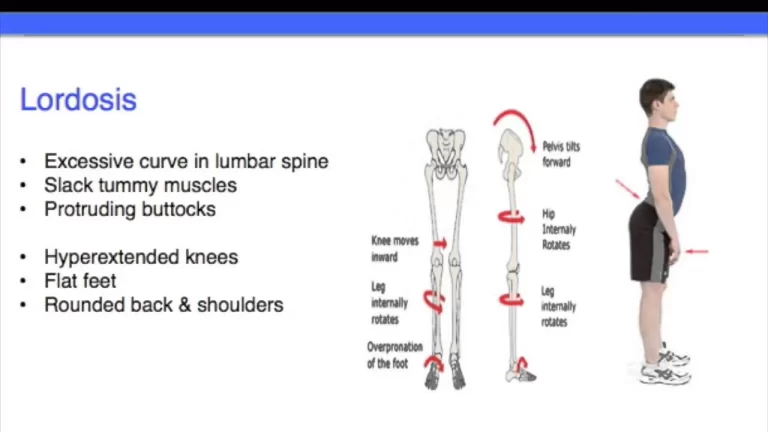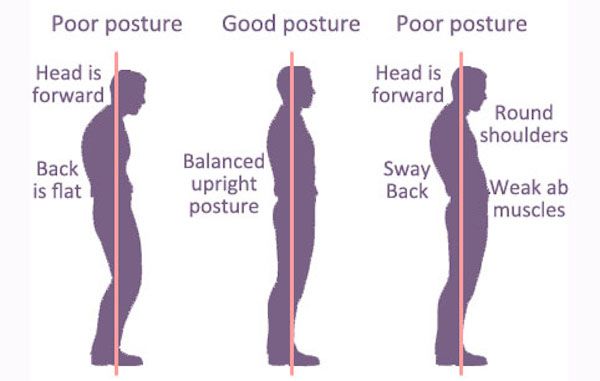5 Ways to Improve Lower Back Pain and Leg Pain
We are going to tell you about “5 Ways to Improve Lower Back Pain and Leg Pain”? You’ll also be going to know “When to See the Doctor”. So let us know what causes lower back pain and leg pain?
What causes lower back and leg pain?
Back pain is a common problem and the leading cause of job-related disability. It can equally affect men and women, ranging in intensity from a mild ache lasting a few days to intense, chronic pain lasting for weeks sometimes.
Though back pain is often caused by muscle strains and normal wear and tear of the body, back pain may also be a symptom of a more serious condition. In a few cases, back pain can extend to other areas of the body, specifically to your legs.
Other symptoms associated with back and leg pain include:
- Tingling
- Burning sensations
- Being sore to the touch
- Limited mobility
Here are some tips to follow to cure low back pain and leg pain at home:
5 Ways to Improve Lower Back Pain and Leg Pain:
1) You Can Exercise
It may feel unnatural to exercise when you are in pain, but research suggests that resting too much may aggravate your back and leg symptoms. Instead, incorporate gentle exercise into your day to ease your pain. The key is gentle, exercise should not be painful or hard. A walk around the society (yes, I know it’s not at home, but it’s close enough) is a great example of physical activity that keeps your spine strong without doing any additional damage. In addition to making your spine more stronger (eg, core exercise, a stronger spine better protects against pain), exercise triggers the release of endorphins to reduce your perception of lower back pain.
2) Stretch It Out
Try to do gentle stretching into your daily routine. Stretching is the best way to improve your spinal flexibility and range of motion while also building core and spinal strength. Plus, many of the stretches are simple enough to be done while watching the news or your favorite movie.
3) Grab the Ice Pack and Heating Pad
Alternating ice and heat therapy can provide immediate relief of sciatic nerve pain. Ice can help reduce inflammation, while heat encourages blood flow to the painful area. Ice and heat may also help ease painful muscle spasms that often accompany lower back pain. Apply an ice pack to the painful area for 10 – 15 minutes once every hour, and then apply heat for 10 – 15 minutes every 2 or 3 hours. Remember to always use a barrier (like a towel) to protect your skin when using ice and heat, and never sleep while using ice and heat therapy.
4) Refresh Your Posture
Whether you are relaxing at home or working at your desk, if you stay in the same position for too long, you might find that your lower back pain or leg pain spikes. Varying your posture every 20 – 25 minutes and using proper posture can help take pressure off your spine and reduce your lower back pain symptoms.
5) Head to the Medicine Cabinet
Over-the-counter (OTC) non-steroidal anti-inflammatory drugs (NSAIDs) may also help ease lower back pain and leg pain symptoms when they strike. NSAIDs can also be a good option because they relieve both inflammation and pain. However, NSAIDs have some health risks you should understand before using them, so make sure to discuss their safety with your doctor first. Examples of OTC NSAIDs include naproxen (Aleve), ibuprofen (Motrin, Advil), aspirin (Ecotrin).
When to Visit Your Doctor
It’s important to recognize when at-home therapies are not easing your Lower back and leg pain. If these treatments can’t help you, it may be time to see your personal doctor or chiropractor.
People avoid the doctor for many reasons. Maybe you are unsure about how to use your health insurance or maybe you don’t have any. Or perhaps you simply do not like to visit the doctor and prefer an ignorant approach.
Whatever the reason, some lower back pain and leg pain symptoms truly warrant medical attention. Sometimes, delaying medical care could lead to or cause permanent nerve damage.
If you are experiencing any of the following, please see your doctor as soon as possible:
- Your pain doesn’t improves after 2 weeks
- You have severe pain in your lower back and legs
- You are experiencing nerve-related symptoms, such as tingling, weakness, numbness or electric shock-like pain
- Your pain gets worse, even after using at-home therapies
- You have bladder control or loss of bowel
Easing the extreme pain of lower back pain and leg pain doesn’t always require an extreme treatment approach. Relieving the nerve pain at home with gentle exercise, heat and ice therapy, proper posture, and medication may go a long way to speed your recovery. But the most important thing you can do for your low back and leg pain is to take it seriously—always call your doctor if you are not experiencing relief.

